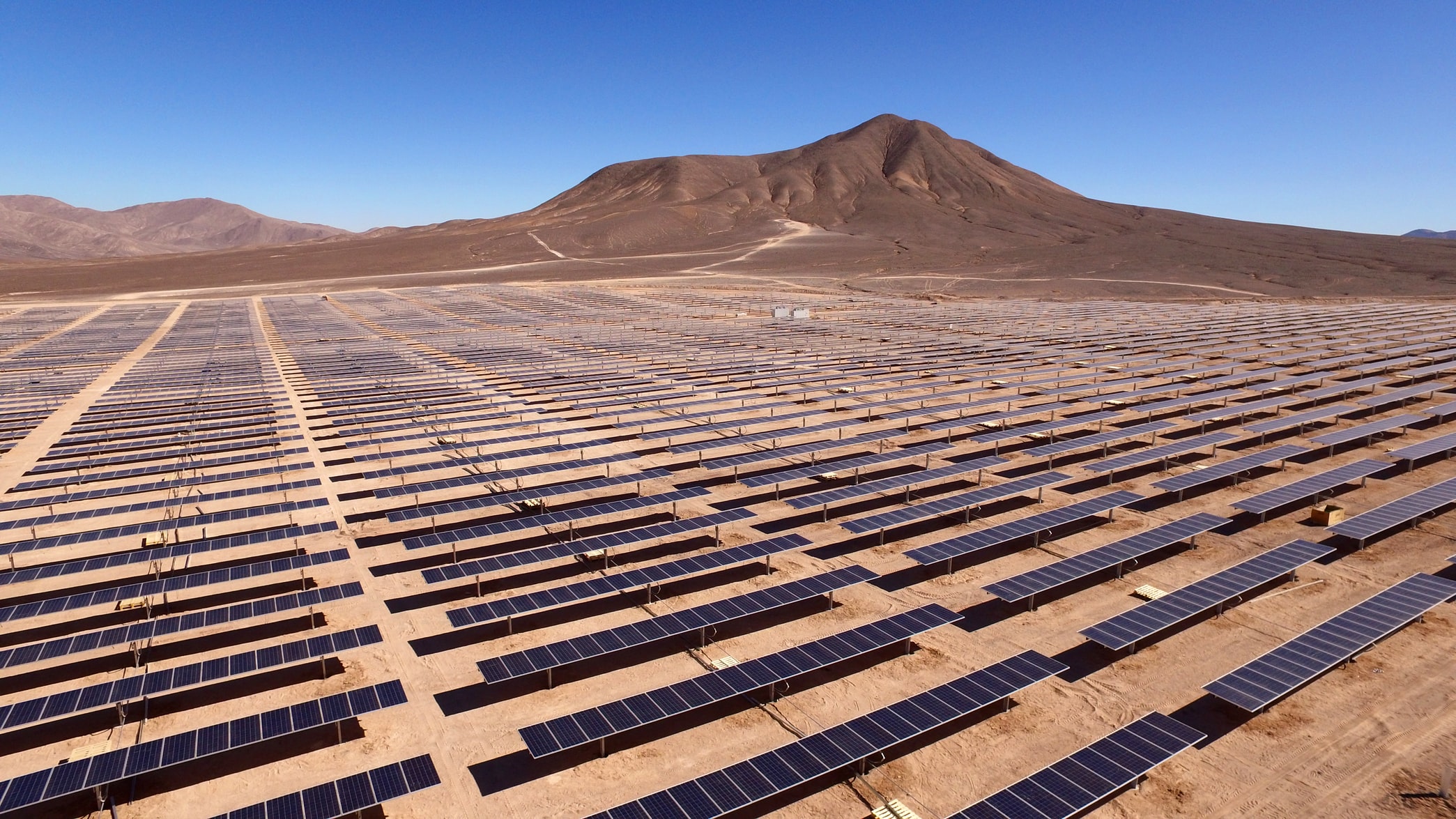
Wind and solar produced a record 10% of global electricity in the first half of 2020 as the world’s coal plant fleet ran at less than half its capacity, but steeper change is still needed to meet 2015 Paris climate agreement targets, new analysis shows.
Wind and solar power at record high in 2020
Wind turbines and solar panels produced a record 10% of the world’s electricity in the first half of 2020 as coal-power declined, but steeper change is needed to meet targets set under the 2015 Paris climate agreement, said a report published on Thursday 13 August. Scientists say huge cuts to greenhouse gas emissions from the power sector are required over the next decade to limit global warming and curb the worst impacts of climate change such as floods, droughts and loss of species. — Reuters

Coal generation is in decline but still needs to fall by 13% every year this decade
Wind turbines and solar panels produced a record 10% of the world’s electricity in the first half of 2020 as coal-power declined, but steeper change is needed to meet targets set under the 2015 Paris climate agreement, said a report published on Thursday 13 August.
- Scientist say huge cuts to greenhouse gas emissions from the power sector are required over the next decade to limit global warming and curb the worst impacts of climate change such as floods, droughts and loss of species.
- Generation from wind and solar rose by 14% during the first half of 2020 compared with the same period in 2019 while output from coal plants fell by 8.3%, the report by independent climate think tank Ember said.
- Overall electricity demand fell by 3% during the six months due to coronavirus lockdowns, the report said.
- Despite the drop, coal plants still produced 33% of the world’s electricity during the period.
“To keep a chance of limiting climate change to 1.5 degrees, coal generation needs to fall by 13% every year this decade,” Ember senior analyst Dave Jones said in a statement with the report.
Europe and the UK saw the largest contributions from wind and solar, at 21% and 33% respectively during the first half of the year, with China at 10% and the United States at 12%, the report said.
Coal power generation in the U.S. and Europe fell by 31% and 32% respectively while coal power in China was down just 2%, the report said.
Ember’s report examined data from 48 countries which make up 83% of global electricity production.
Source: Reuters

Worldwide coal use down despite China increasing its share of the global coal fleet
Wind and solar produced a record 10% of global electricity in the first half of 2020 as the world’s coal plant fleet ran at less than half its capacity, the analysis published on Thursday 13 August showed.
Despite a near-record drop in power demand due to the pandemic, renewables accounted for 1,129 terawatt-hours in January-June, compared with 992 in the first six months of 2019, according to the report by the Ember energy think tank.
Overall, the percentage of power drawn from wind and solar has more than doubled from 4.6% in 2015 — the year of the landmark Paris deal on climate change.
On the other hand, generation from coal — the most polluting fossil fuel — fell 8.3% in the first half of 2020, the analysis showed.
This was despite leading emitter China increasing its share of the global coal fleet slightly.
"From 2015 it’s an incredible amount of growth (in solar and wind), but even at 10% it’s not completely transformational," Dave Jones, senior electricity analyst at Ember, told AFP.
"When we ask is it enough what we are really talking about is, how fast are emissions falling?
"Thirty percent of fossil fuel emissions globally are just from coal power plants, so coal fired power generation needs to collapse quickly in order to limit climate change," said Jones.
The analysis showed that many major economies — including China, the United States, India, Japan, Brazil and Turkey — now generate at least 10% of their electricity through wind and solar.
Britain and the European Union were singled out for particular praise, deriving 21 and 33% of their power from renewables, respectively.
Source: AFP/BangkokPost

“Not fast enough”
Under the Paris Agreement, nations committed to limit temperature rises to "well below" two degrees Celsius above pre-industrial levels, mainly through sweeping emissions cuts.
The accord also aims for a safer cap of 1.5°C of warming. To reach this, the United Nations says emissions must fall 7.6% annually this decade.
Jones said that while 30% of coal’s decline this year could be attributed to increased wind and solar generation, the rest was likely due to the economic slowdown caused by Covid-19.
"A large part of this is obviously due to the pandemic rather than long term trends and — let’s be honest — it’s not fast enough if your target is 1.5° C," he said.
A study published earlier this month in Nature Climate Change found that absent a rapid switch away from fossil fuels, the unprecedented fall in emissions due to CovidD-19 would do virtually nothing to slow climate change.
The Intergovernmental Panel on Climate Change says that coal use needs to fall 13% every year this decade to keep the 1.5°-C goal in play.
China, the world’s leading polluter, reduced its coal production just 2% so far this year despite its economic slowdown caused by the pandemic.
"Where is China’s plan to collapse that coal generation by 2030?" said Jones.
Source: AFP/BangkokPost

TOP 20 WAYS TO REDUCE YOUR CARBON FOOTPRINT
To limit temperature increase to 1.5°C, we must drop our greenhouse gas emissions 7.6% each year between 2020 and 2030. Click for top twenty ways we can reduce our carbon footprint based on research by Union of Concerned Scientists and the groundbreaking climate solutions book Drawdown. Other top actions are also listed - from supporting climate reducing organisations to organising community efforts to reduce our collective carbon footprint.